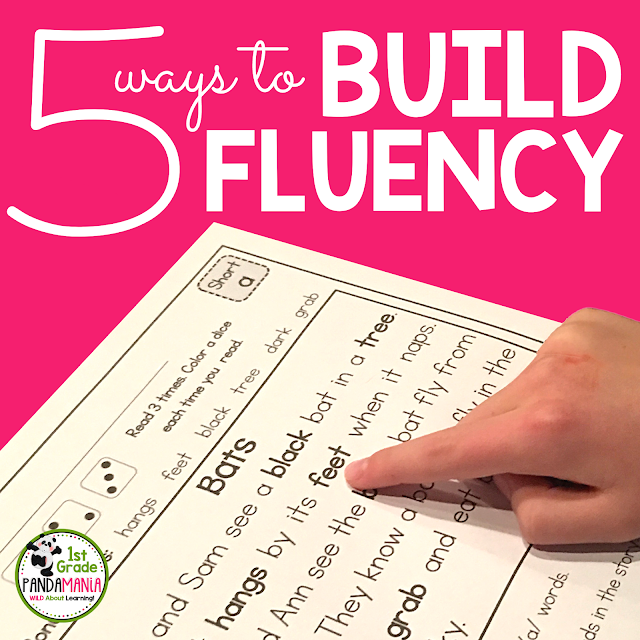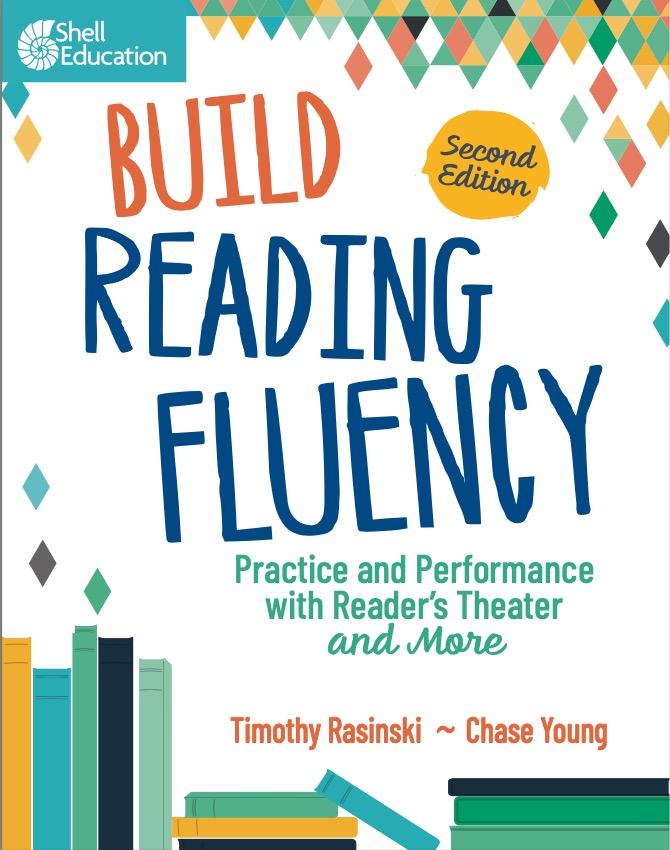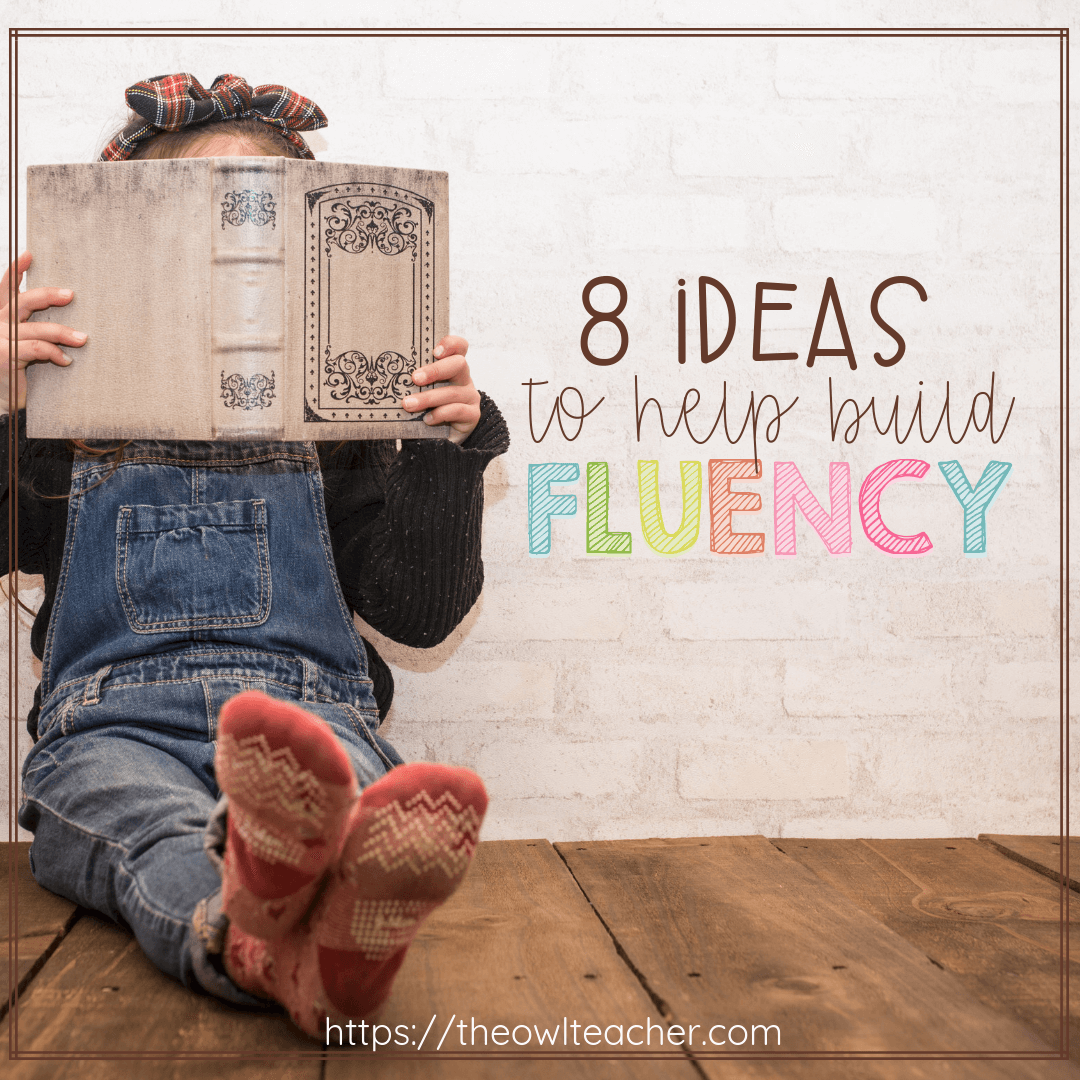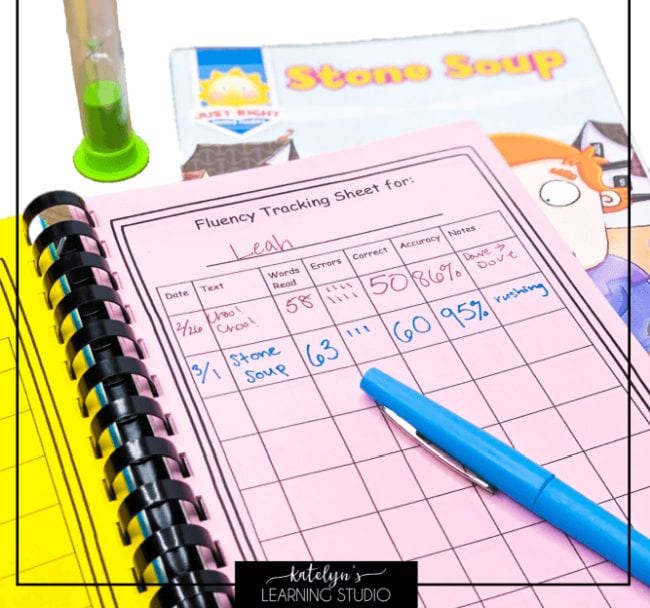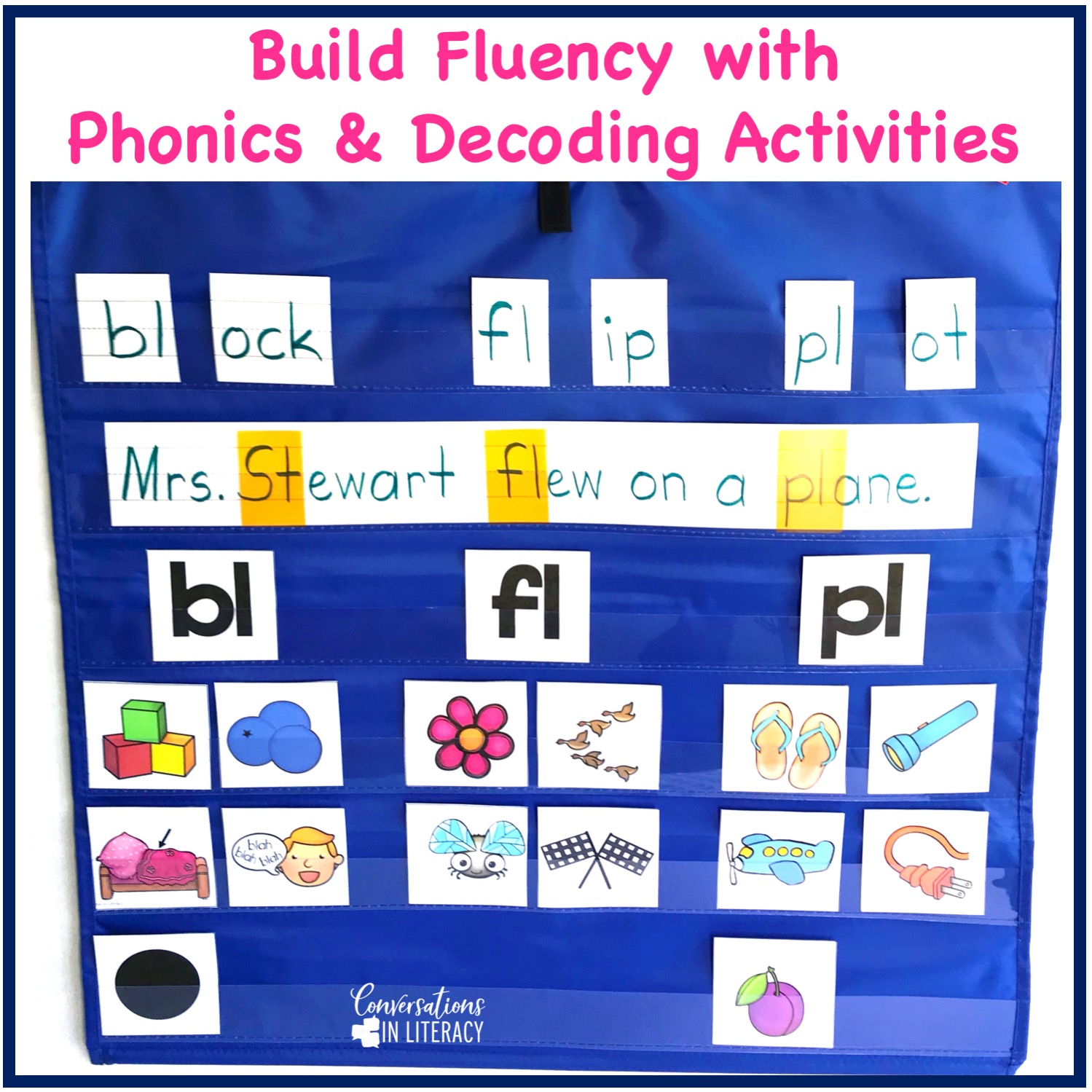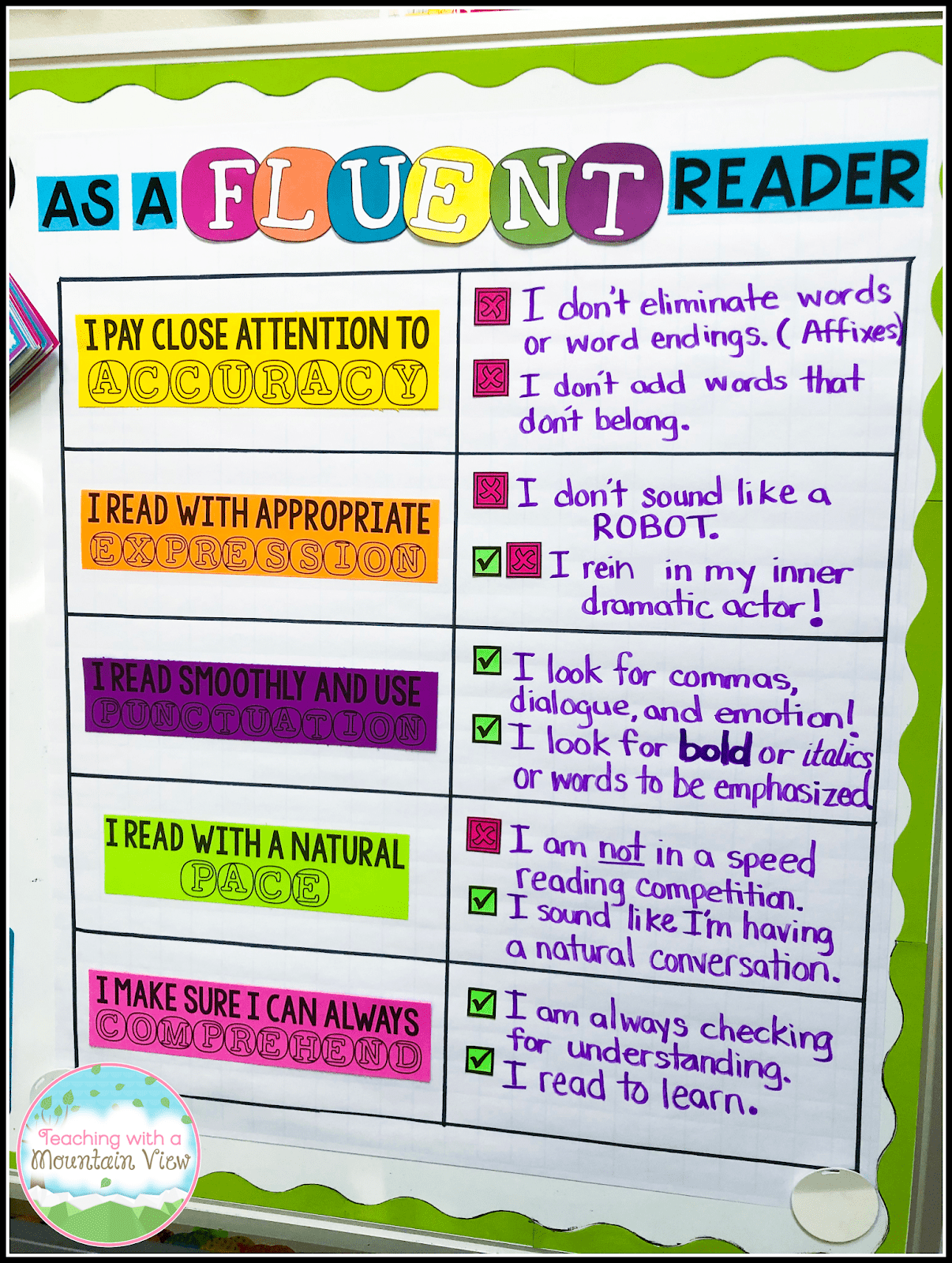Divine Tips About How To Build Fluency In Reading

To do this, pupils need to build both word reading and language.
How to build fluency in reading. They increase students’ vocabulary by exposing them to words they likely wouldn’t hear in everyday speech. Start with a reading fluency anchor chart introduce the basics of reading fluency with an anchor chart you can hang in the classroom. Reading fluency is a critical reading skill that facilitates reading for understanding and is our ultimate goal for teaching reading.
Reading fluency has a qualitative definition,. It’s a fun way to. Building a large bank of sight words is essential for developing reading fluency.
Reading fluency practice in the primary classroom rob laight explains how to develop reading fluency practice using the gradual release of responsibility. 1 read aloud to your child simon ritzmann / getty images even if your child is old enough to read by himself, it’s helpful for him to hear someone more. Types of instruction include modelled fluent.
Read alouds help build interest in reading. It’s a good reference for. Comprehension while there are many different approaches to teaching these five pillars of literacy, converging evidence shows that the most effective literacy.
Choral reading, cloze reading, and partner. Read alouds help build students’ syntactical understanding of language. The best strategy for developing reading fluency is to provide your students with many opportunities to read the same passage orally several times.
Three techniques can be used very frequently with a variety of texts to help maintain and develop students’ reading fluency : These sight word flash cards can be used to practice the orthographic mapping. How to teach fluency.
With that said, here are a few ideas on how to help your students build and improve their reading fluency! Reading fluency serves as a. Explicit teaching and instruction are required in order to support children in becoming a fluent reader.
I love a good reader’s theater. Reading fluency is an important focus of literacy teaching, and can be thought of in two different but complementary ways: Students are more likely to achieve fluency if they have a strong.
Have a reliable strategy for decoding words read words a sufficient number of times for them to become automatic four steps to building fluency with text fluency develops. Ultimately, the goal of teaching reading is to enable children to comprehend written texts. By reading aloud, students are able to better hear any.
To do this, you should first. Here are five best practices for building fluency among struggling readers:






